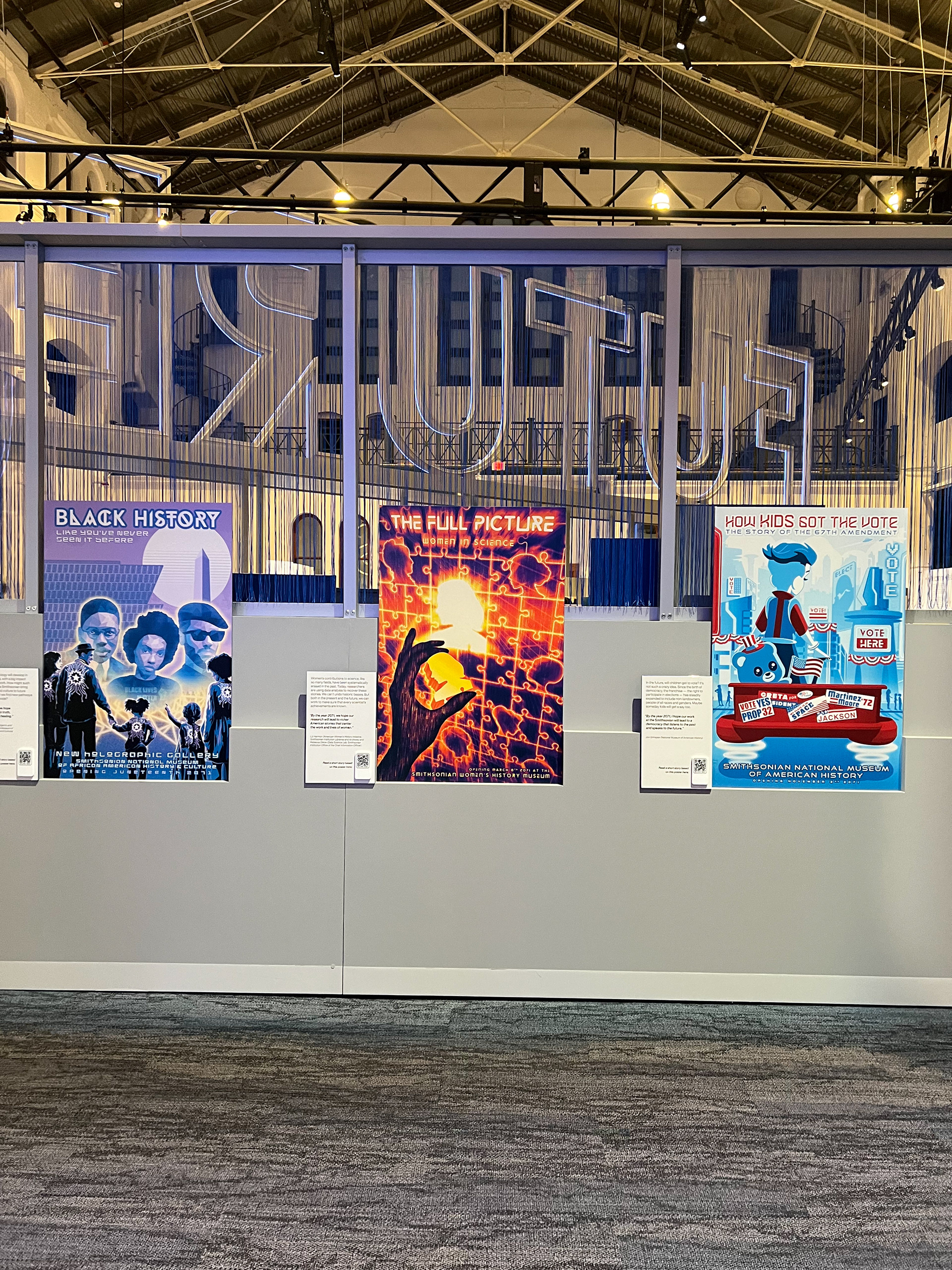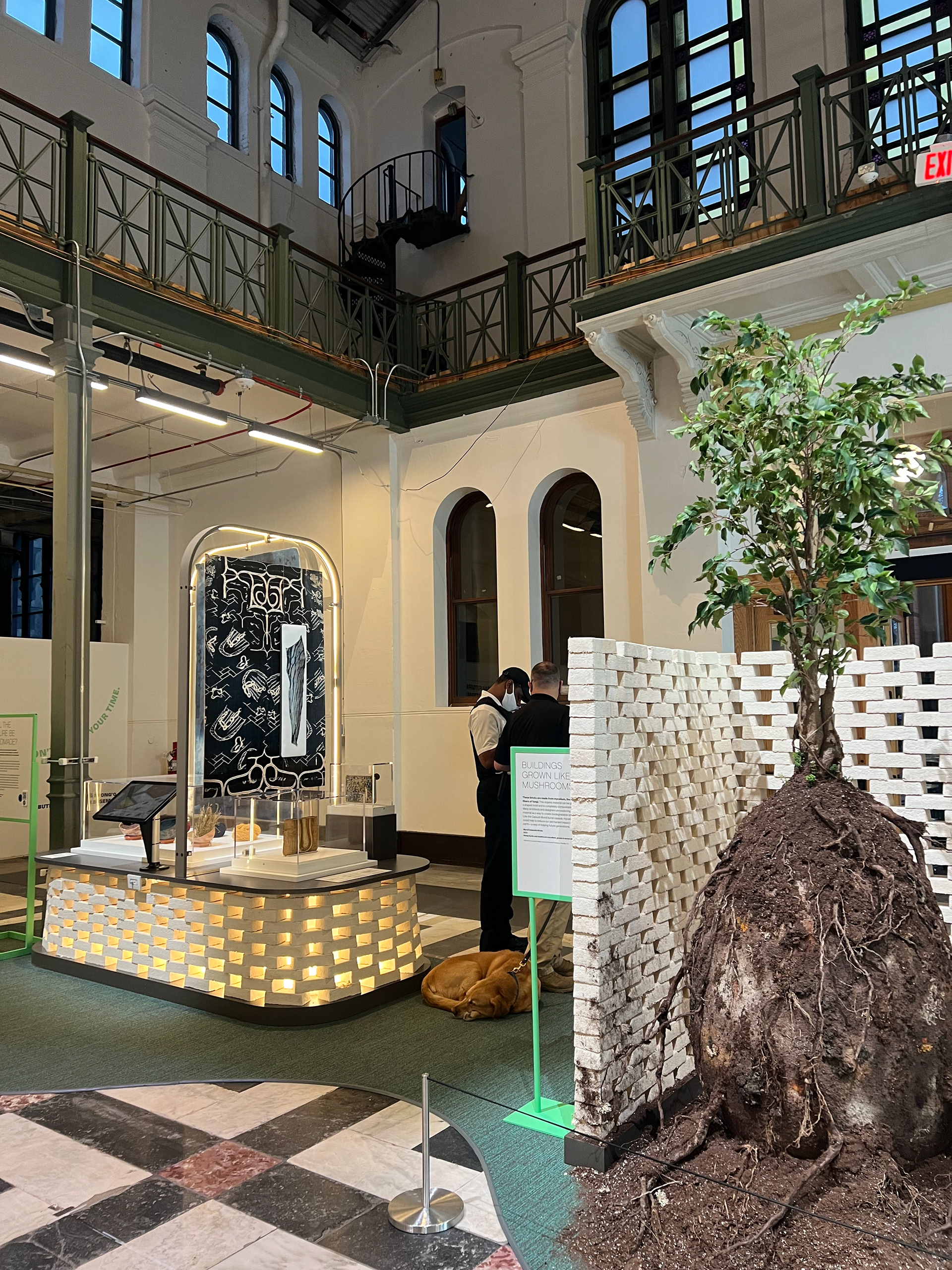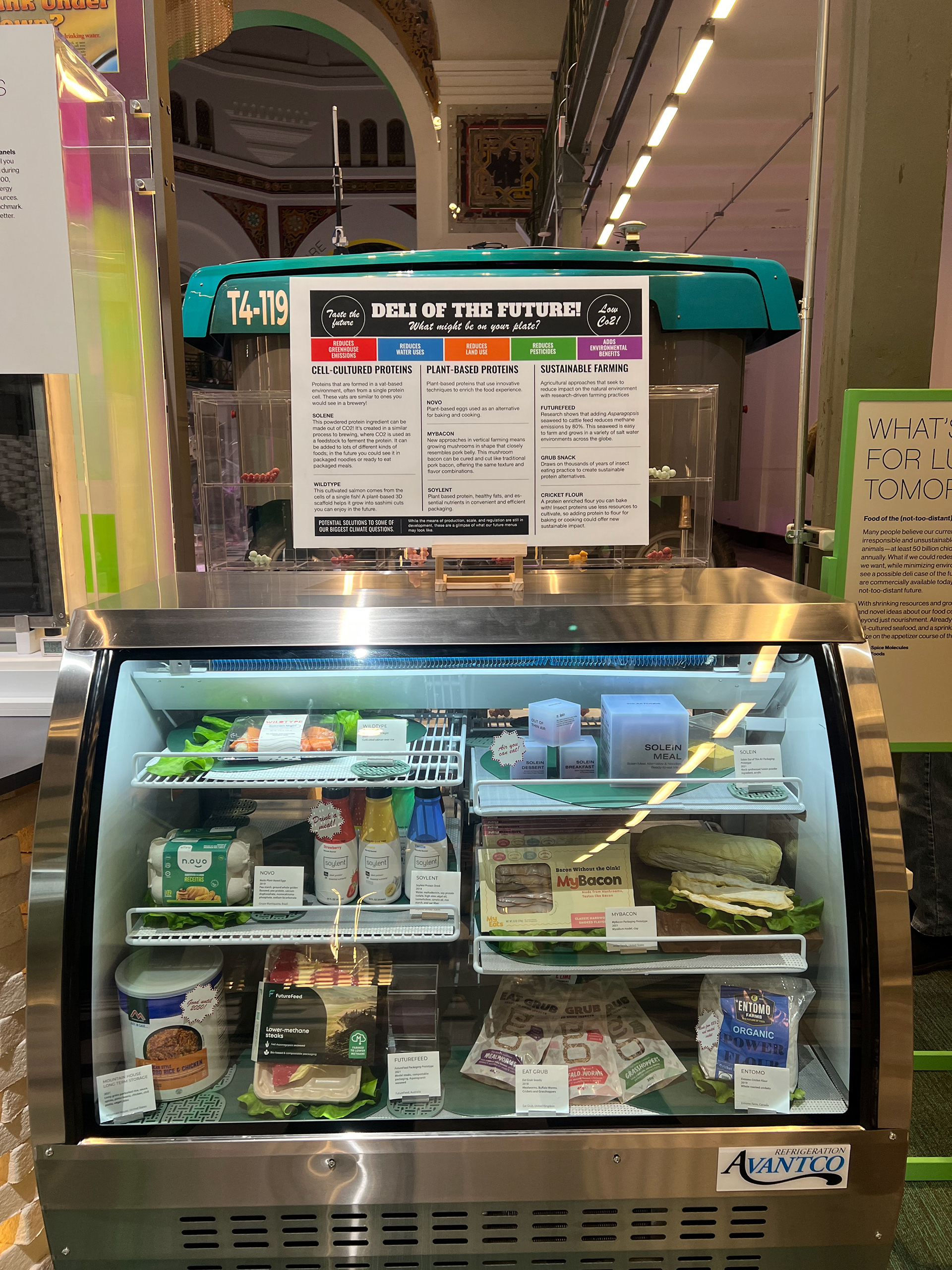History
Futurism was both a design movement as well as a social movement that developed in Italy in the early 20th century. Futurists aimed to sweep away traditional artistic notions and replace them with an energetic celebration of the machine age with automobiles, trains, airplanes. As one of the most politicized art movements of the century, futurists merged artistic and political agendas which propelled change across Europe. They glorified speed, violence and the working classes, believing they would advance change. Futurism influenced many modern art movements, including Cubism, which in turn influenced the development of graphic design.
Design Features
In order to achieve movement and dynamism in their art, the Futurists developed techniques in order to express speed and motion. These techniques included blurring and repetition. The Futurists worked across a wide range of art forms including painting, architecture, sculpture, literature, theatre and music.
- Rich primary colors with dark metallic tones
- Sans serif typography commonly used but not exclusive
- Arranged shapes and words in non-standard ways
- Geometric shapes
- Strong lines, curves, angles, circles, triangles, right angles
- Heavily stylized elements
Materials Used
- Heavy
- Metals
- Glass
- Industrial Materials
Present Day
FUTURES Exhibition - Smithsonian Arts and Industries Building
November 20, 2021 – July 6, 2022
November 20, 2021 – July 6, 2022






